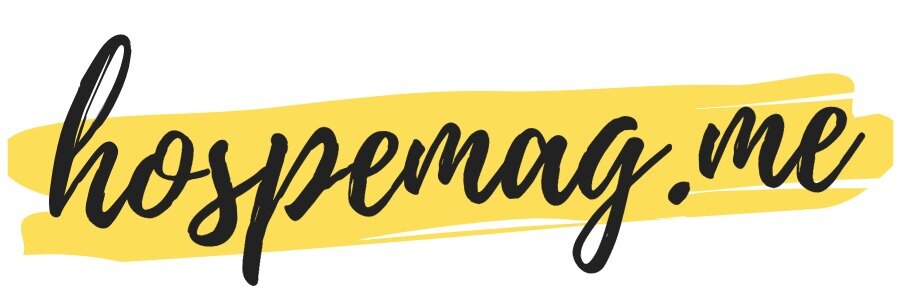HVS Report - Impact of COVID-19 on Los Angeles & Southern California Hotel Markets - By Luigi Major
/Since December 2019, outbreaks of coronavirus (COVID-19) have led to global economic disruptions as cities and countries attempt to slow the spread of the disease by implementing lockdowns and social distancing measures. At the time of publishing this article, the number of cases in the United States and California exceeded 680,000 and 28,000, respectively.
Beginning in early March, prominent events in Southern California, similar to many regions around the world, were canceled or postponed. Major attractions such as Disneyland, Universal Studios, Knotts Berry Farm, Six Flags Magic Mountain, the Santa Monica Pier, Big Bear Resort, and Mammoth Mountain also quickly closed in response to the pandemic. On March 19, 2020, California became the first state in the country to issue a statewide “Stay at Home” order and, since that time, economic activity has ground to a halt; the order remains in place until at least May 15
As can be imagined, the hospitality industry in the region, as with the rest of the country, is now reeling from the unprecedented drop in demand caused by these measures, which have resulted in substantially lower occupancies and average rates. For the combined L.A., Anaheim/Santa Ana, and San Diego lodging markets, RevPAR grew 3.2% in 2018, and then increased by only 0.3% in 2019; this weak performance was due primarily to the supply increase in 2019. Demand growth resumed in early 2020; up until the end of February 2020, hospitality markets in Southern California were on track to once again break records, reporting slightly higher RevPAR levels than those achieved during the same period of 2019.
However, in the span of four weeks in March, the industry took a nosedive as travel came to a halt. As of mid-April, absolute occupancies in most markets were reported in the 15% to 25% range, with ADR levels dropping on average 40% to 45%. Ultimately, this resulted in a RevPAR decrease of 80% to 90% for most markets in the region (to an absolute level of approximately $20). The following chart illustrates weekly RevPAR performance thus far in 2020 compared to 2019 (on a running 28-day basis) for the aforementioned Southern California markets combined.











